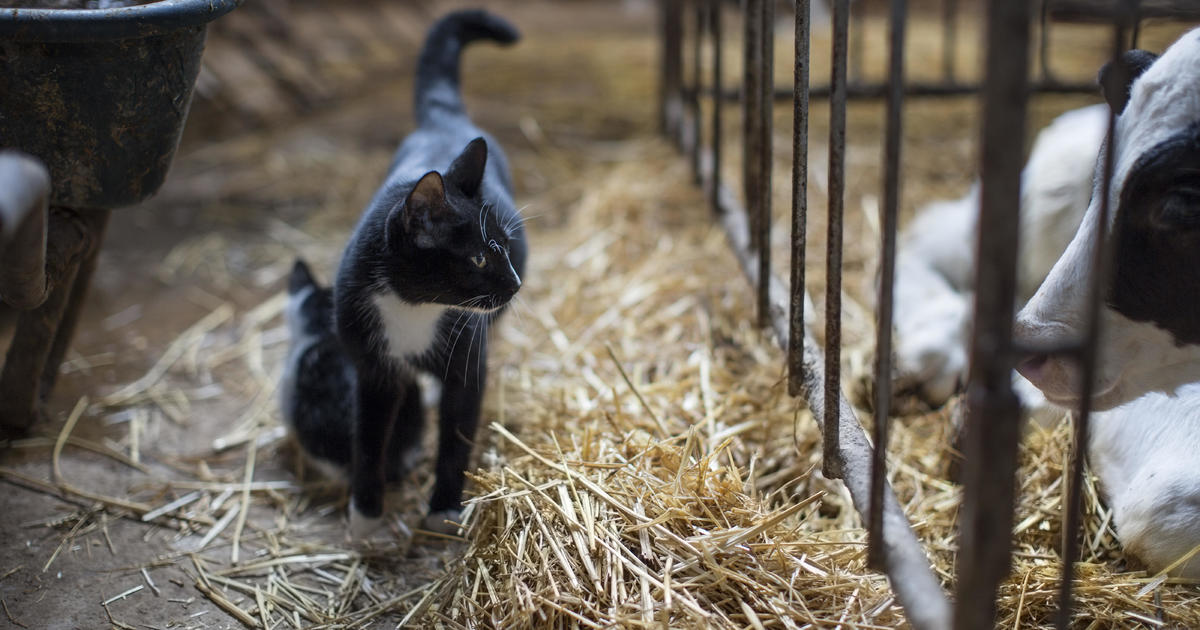A recent study shed light on the grim aftermath of the unprecedented spread of bird flu in the cattle industry, particularly concerning the impact on cats. At a Texas dairy farm, where the first cases of bird flu surfaced this spring, more than half of the resident cats met a tragic end after consuming raw milk from infected cows.
The findings, detailed in the Centers for Disease Control and Prevention’s Emerging Infectious Diseases journal, document the early stages of the investigation into the disease’s spread among cows in the region. Cats at the Texas farm began falling ill shortly after cows exhibited symptoms, ultimately resulting in the death of over half of the feline population.
Autopsies and tests on deceased cats revealed a concerning presence of the highly pathogenic avian influenza virus (HPAI H5N1), with significant viral loads detected in brain and lung samples. The cats exhibited severe systemic infections, with microscopic lesions found in various organs, including the eyes and brain.
While the transmission of the virus from cows to cats through raw milk is a new revelation, cats have long been recognized as susceptible to severe illness from H5N1. Reports of feline deaths and neurological issues in areas with bird flu outbreaks have been documented by the U.S. Department of Agriculture.
In contrast, only a small percentage of cows displayed signs of illness, with most recovering within a month. However, the virus has taken a significant toll on poultry flocks, resulting in widespread fatalities or culling.
Although the risk of human infection from contact with infected cats is deemed low, the CDC has issued guidance for veterinarians treating suspected H5N1 cases in cats, emphasizing the importance of protective gear.
Efforts are underway to contain further spread of the virus in dairy cattle, believed to have originated from contact with wild birds. The U.S. Department of Agriculture has implemented testing measures for ground beef and dairy cattle, aiming to mitigate potential risks associated with the virus.
As of April 30, 34 dairy herds have been affected by H5N1, highlighting the urgency of the situation amidst the thousands of dairy herds nationwide. Results from ongoing testing efforts will provide crucial insights into the extent of the virus’s impact on the food supply chain.















































